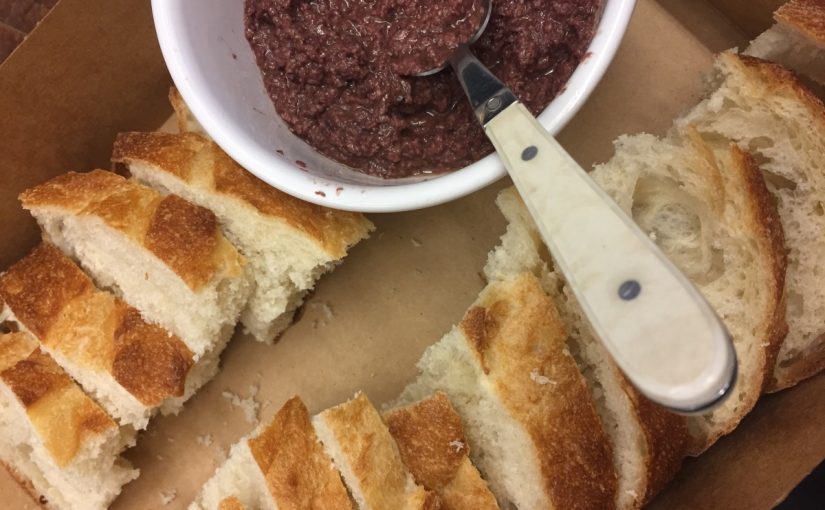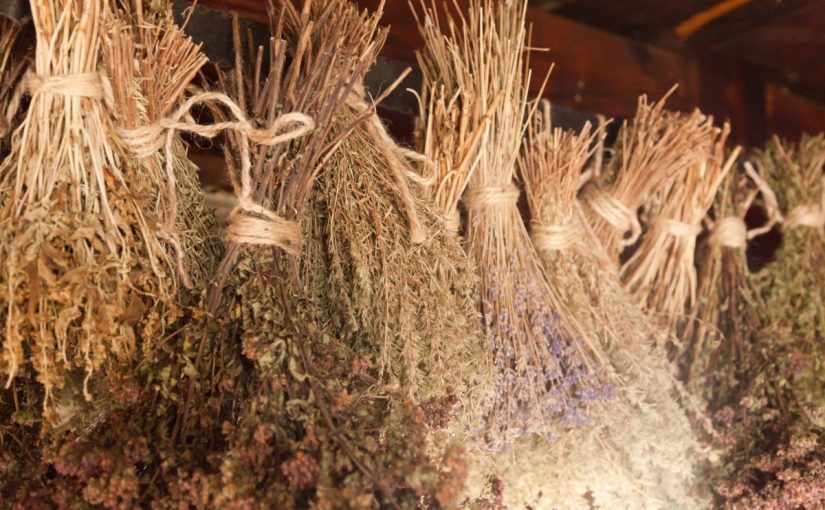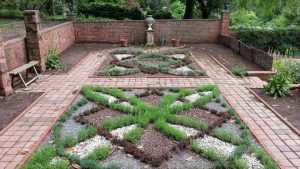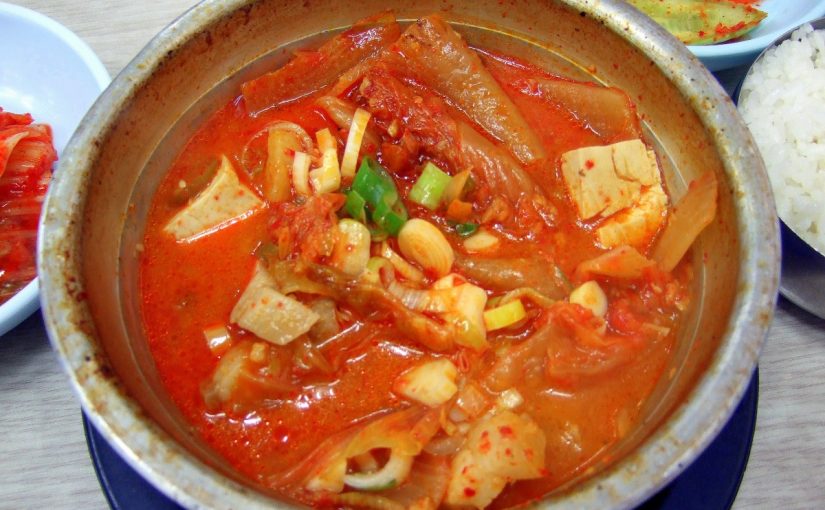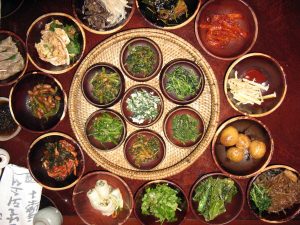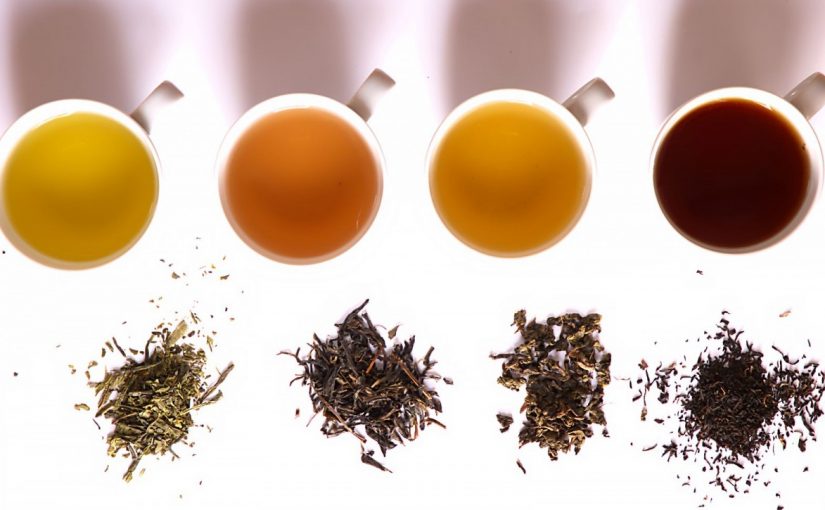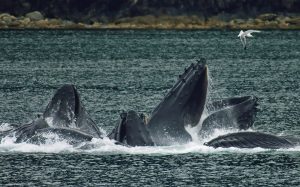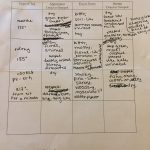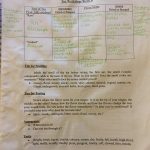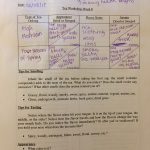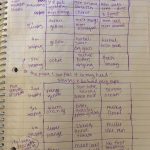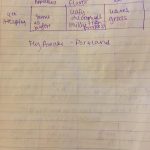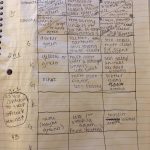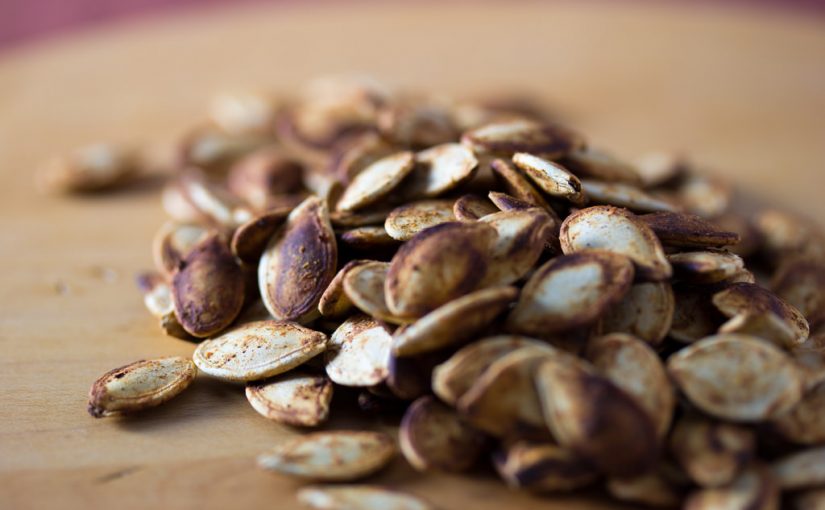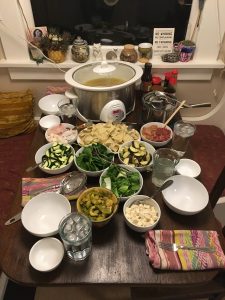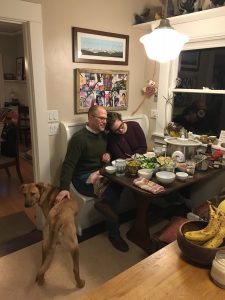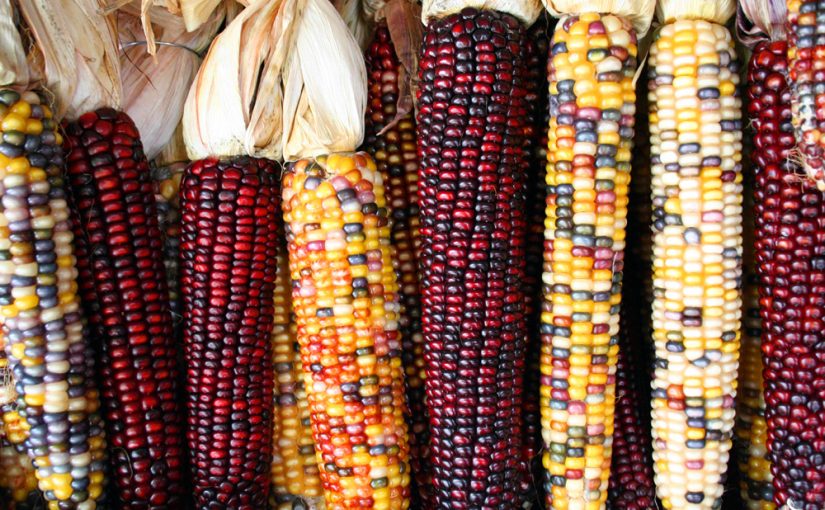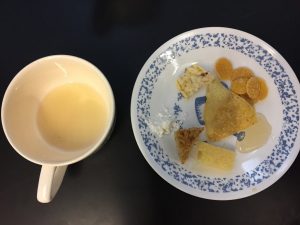ILC Description
The student will explore herbal medicine and healing through food by reading, writing, watching films and documentaries, and classroom experience. The student will embark on field explorations of local forests, the Organic Farm, and various eating establishments and kitchens. The student will also research, form a definition of, and develop a practice of conscious eating. The student will write weekly entries on their wordpress site summarizing their work. Additionally, the student will present the current state of their project to the class at intervals throughout the quarter.
Final Presentation
Narrative Self-Evaluation
Meghan O’Kelley
Week 10
3/14/17
Final Self Evaluation
This quarter has been more interesting, challenging, triggering, and fulfilling than any other I have spent at school. Our program seminars on Kara Newman’s The Secret Financial Life of Food, Kyla Tompkins’ Racial Indigestion, Winona LaDuke’s Chronicles, and other texts including “Eating the Other” by bell hooks brought us topics ranging from and interconnecting social movements, first foods, flavor, emotion, permaculture, Michel Foucault, and anti-masturbation sermons. I have been brought to the brink of my reasoning skills and forced me to enter a new thought paradigm. I have pushed the boundaries of my understanding of the world and global food systems. In this self-evaluation, in the style of Kara Newman, I will discuss the process by which I came to my final area of study and my possible future projects and ideas.
I began this quarter as a complete rookie to food studies: confused, excited, and absorbing everything I possibly could. In learning about herbalism, my original area of study, I developed a fascination with conscious eating practices and how to re-link the sensational life of the body with the digestion in a world focused on the extraction of emotion from all processes, specifically cooking and eating (two of the most intimate functions performed by the human body). Seminars on these topics and others explored in class challenged me to reframe my narrative process and write scholarly about that which triggered, tempted, or eluded me. In my best seminar paper from Week 8, I found myself rambling and questioning more than I explained and illuminated, and I dove deeper into the conceptual world of Tompkins, hooks, and Gumbs than I thought I could. In the end, I had a creative and engaging piece of writing of which I am particularly proud.
Our tasting labs every other week and our class meals engaged me further with our program. To have someone cook for you, or to cook for them, and engage with the process and origins of the food you eat is an intimate and anti-capitalist activity which is all too often forgotten in today’s “fast food” culture. Cooking and consuming are labors of love, and to commodify them has allowed us to poison ourselves with that from which we should derive joy and nourishment. Our eating is perfunctory, disconnected from our food source, and often the result of bodily violence to that which we eat and they who prepare it. I believe that this process is a part of what makes us sick. But food can also be a source of community, healing, nutrition, and medicine. Thus frames my final project: “Food is the Solution: Critical and Conscious Eating Studies”.
Initially this quarter I had the opportunity to primarily address my classroom learning objectives (attending class and participating in associated activities), updating my website, and book and internet research. The second part of the quarter placed a greater focus on practical integration of that knowledge into my daily eating practices, information gathering, and structuring of my next quarter. As I began a new topic, I entered a new area of research and was delighted to find a wealth of information from such texts as Gastronomica and the Netflix documentary series Chef’s Table. My work, research, conclusions, confusion, and enjoyment are documented on my SOS WordPress website.
In my restructuring of my learning objectives and subsequent research, I developed a working definition of critical and conscious eating for my ILC:
“Critical and conscious eating is the practice of engaging with one’s food throughout the process that brings it to and through one’s body; from the nutritional value of the diet of the cow whose meat one eats to the physical sensation of digestion, conscious eating examines the relationship between that which is eaten and that which is felt. It is about experiencing agency over one’s physical health through the decisions one makes concerning food. For the purposes of this ILC, conscious eating also incorporates the consumption of herbs used for healing into one’s diet preventatively rather than through supplements or other means after the fact.”
Through this definition, I have been able to examine my own eating critically, which I discussed on my blog. It has led me to my plan for next quarter: a continuation of critical eating studies with a further focus on herbal foods, accompanied by an informative brochure or flier to be distributed on campus and a YouTube channel to track and share my discoveries.
In discovering this new field, I have developed a passion not just for conscious eating, but in fact for conscientious eating, and I would like to encourage others, especially the possible receptive audience at Evergreen, to do the same. In addressing our bodies need for food in a way that is economically viable, sustainable for the planet, and emotionally and physically nourishing, we can reclaim a part of our bodies that is lost to capitalism in what Dr. Alexis Pauline Gumbs would describe as the “[performance of] further and further newness,” or as I interpret it, a fundamental desire to experience the fast, the convenient, the fleetingly delicious morsel that teaches us to regret and fear it, or the very concept of food.
This brings me to my new fascination with the slow foods movement through the practice of chefs/farmers/scholars such as Carlo Petrini, Alice Waters, and Michael Pollan. I plan to join the summer program attending the Slow Food Nations Food Festival in Denver.
Proposed Credit Equivalencies: 16 Total of 16 attempted/registered
4 – Commodification Processes: Racism and Sexism in Food Systems
2 – Critical Eating Studies: Tasting Labs
6 – Individual Learning Project: Food is the Solution: Critical and Conscious Eating Studies
4 – Creative and Expository Writing: WordPress ePortfolio
